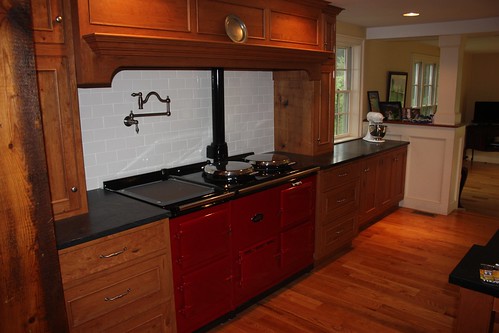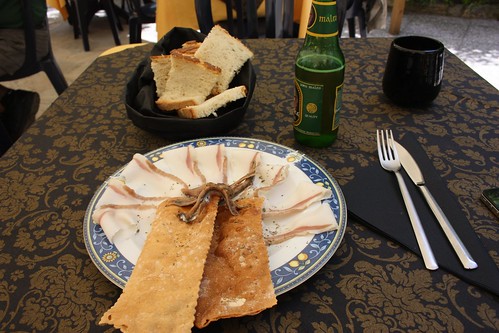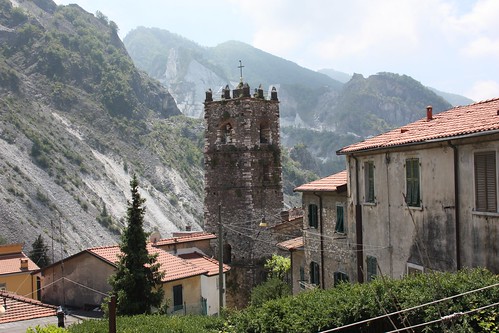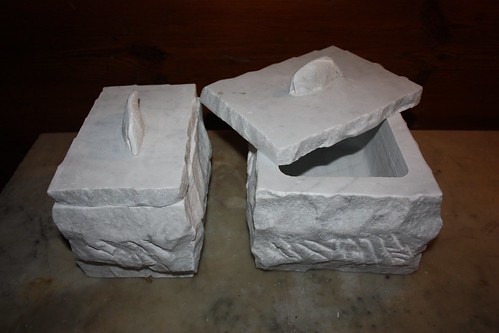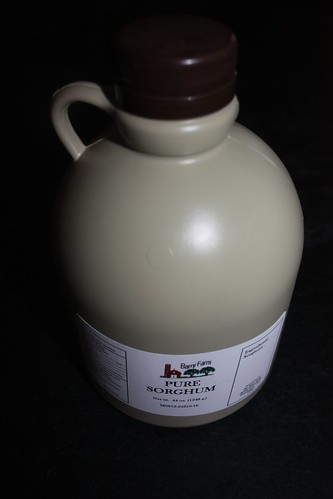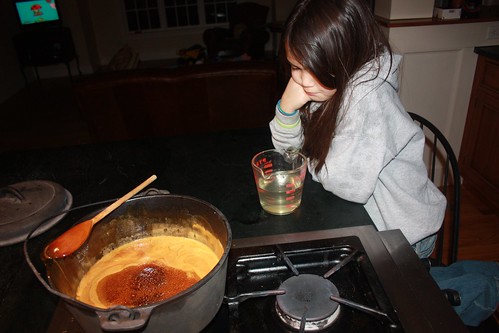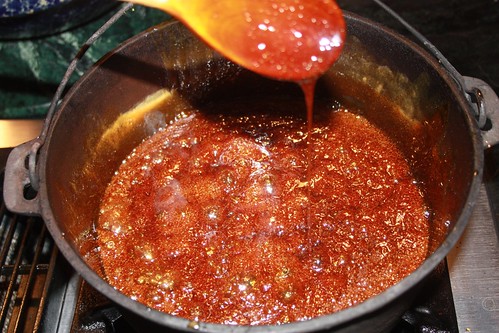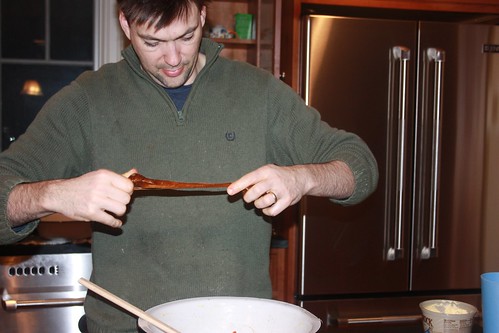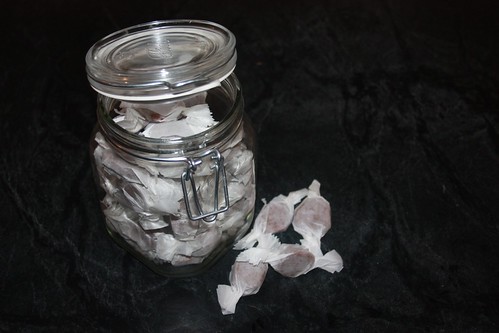My sexy new cooker
/

On our first "we're moving to England" trip, we saw a house with a massive iron stove standing kind of free-form in the middle of the kitchen like a Victorian monument. This was the first time I had ever seen an Aga.
The story goes that a Nobel prize-winning Swedish physicist, forced to stay home and recuperate after breaking his leg (in a vigorous physics lab experiment gone wrong? the story doesn't say), was watching his wife cook and was struck by the thought that there had to be a better way. So he invented a new stove. This story is on Wikipedia, so I assume it to be 100% true.
The Aga is unlike other stoves. It is always on. It has no temperature settings. It is made of solid iron. It is as beautiful as it is functional. I knew that I had to have one.

The Aga is, in a word, 'different'. I had my heart set on a "4 oven" cooker. And because there are no temperature settings, each of the ovens maintains a different heat level. Roasting, Baking, Simmering, Warming. In clockwise order. Something about induction or air-flow or whatever keeps the heat constant and ready. The 1,300 pounds of iron used to form the beast mean that the heat is retained.
It also puts out a bit of heat, warming your kitchen by 5 degrees or so, and creating a homey atmosphere that pets and kids love. When we moved to Massachusetts and experienced our first several feet of snow, I knew that if I had ever found the right place to bring in an Aga, this was definitely it.
One problem: they're only made in England. Which means that every Aga has to get on a ship. And the ships only land in Chicago(...! Apparently, they come down the St. Lawrence and across the Great Lakes). And the ships are slow. And you have to pay for everything in Sterling. Which means saving every penny for years in an "Aga" jar hoping that one day, when we grew up, we too could experience the joys of cast iron cookery on a mammoth, British scale.
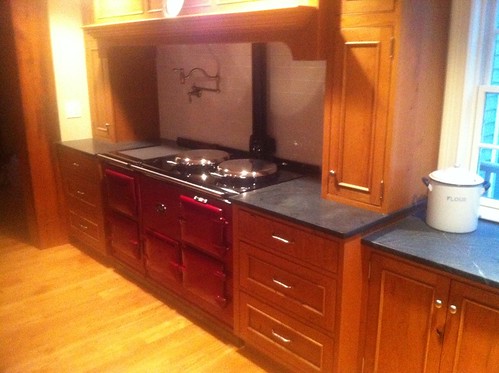
Part of the issue was going to be re-configuring the cabinetry. All of it basically had to come out to make room for the stove. And then new cabinets back in around it. Which meant saving more pennies, and maybe scrounging in couch cushions and behind car seats. But finally, finally we went to the store to pick out the new addition to our family.
We chose the red one.
It took weeks and weeks to come together. First, the stove got lost at sea. Or put on the wrong boat. Nope, not that boat. The next boat. And when I said "next", I actually meant the one after this one. No, no. The other one. It will one day show up in the US, don't worry. Oh! It finally arrived! Wait. No, sorry. That was somebody else's. Oh wait! It's here! Um. We ordered the wrong kind. Please, Mr. Grady, put your heart back into your throat. We can simply convert this kind to the other kind you ordered with a couple of days effort. See? No problem!
Beyond the insane wait for the ship to arrive and then the stove to be assembled by a man about 3 days younger than the house we live in, each step, no matter how simple or complex, took 7 days to complete. One week, remove existing cabinets. The next week, move the gas and water line (for a pot-filler faucet above the stove). Time passes. Install the stove (but don't hook it up). Wait a week. Install the base cabinets. Have the countertop templates cut. Wait a week. Install the counter tops. More time passes. Install the tops of the cabinets. Wait. Tile. Wait. Faucet. Wait. Trim. Wait hook up the stove.
OK. Now. Ready, set cook.
When cooking in an Aga, you've got to remember that a) you can't change the temperature, and b) the oven doors are solid iron, and you're not going to smell anything cooking through them. It's like cooking by feel, rather than science. Want something to crisp? Move it up and to the right a bit. Want something to slow down a bit? Stick it over in the simmering oven. After a while, you develop a connection with your stove that lets you kind of suss out when something is done based on as much instinct as calculation.
And besides which: it's a giant red stove. How could you not love it?
